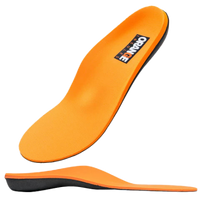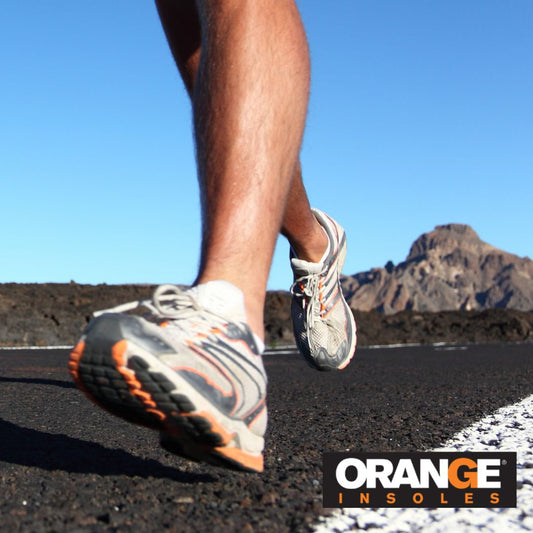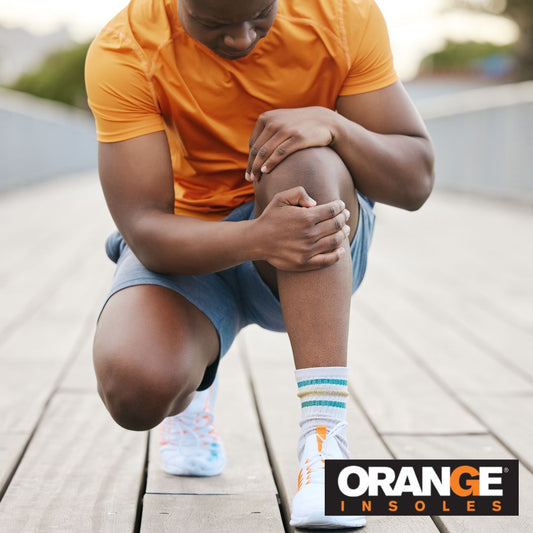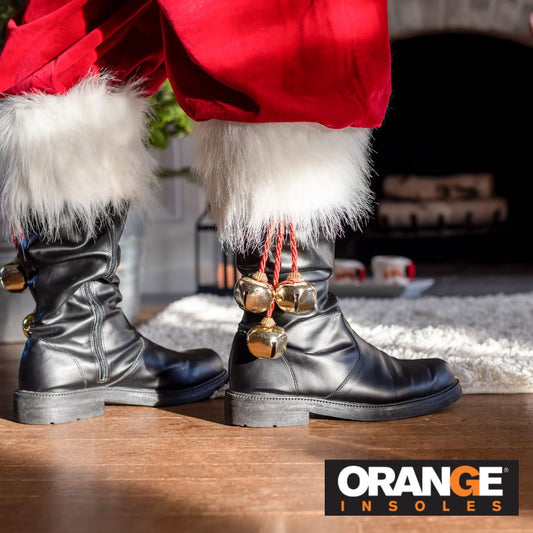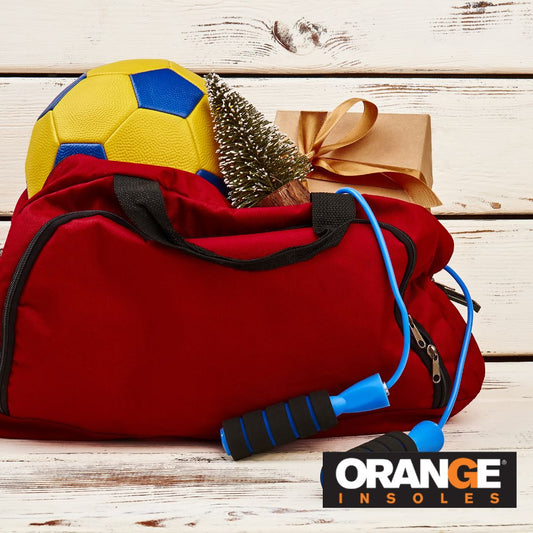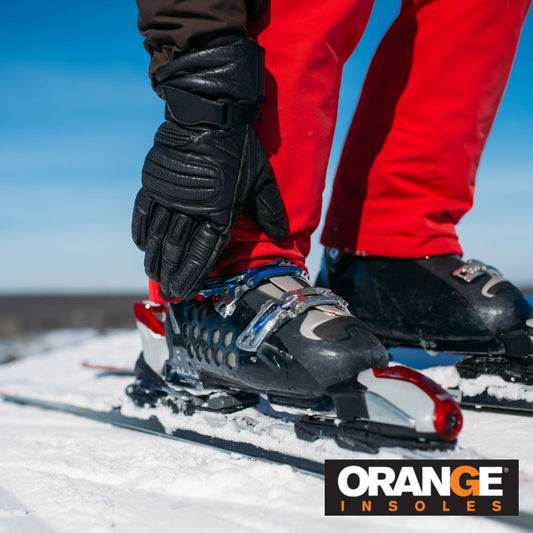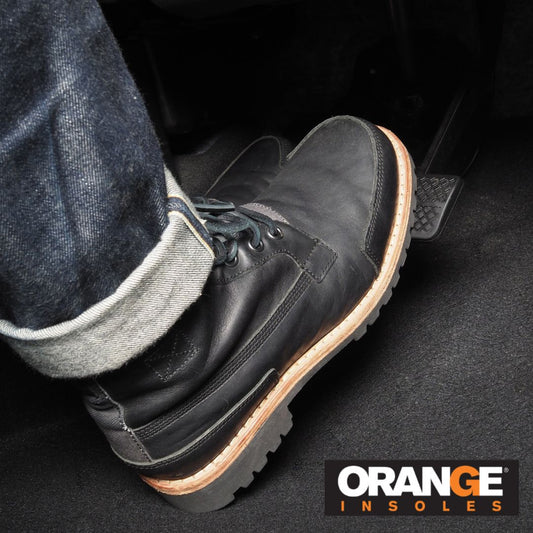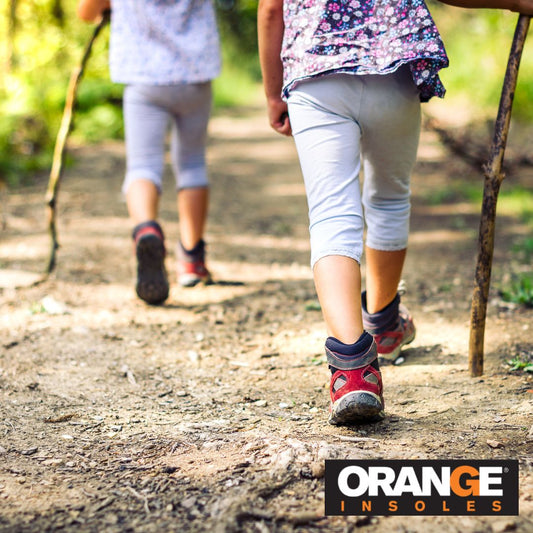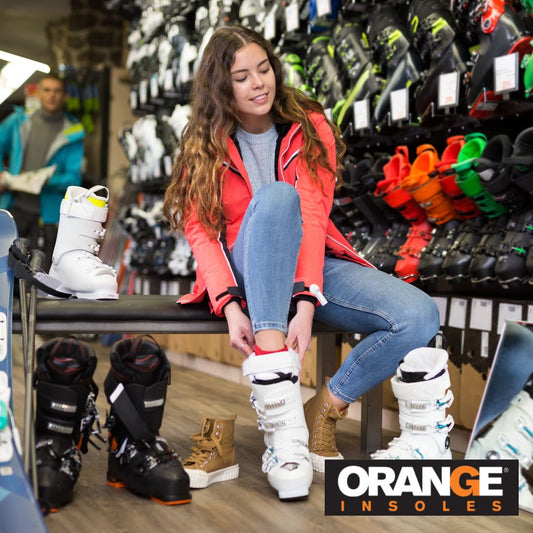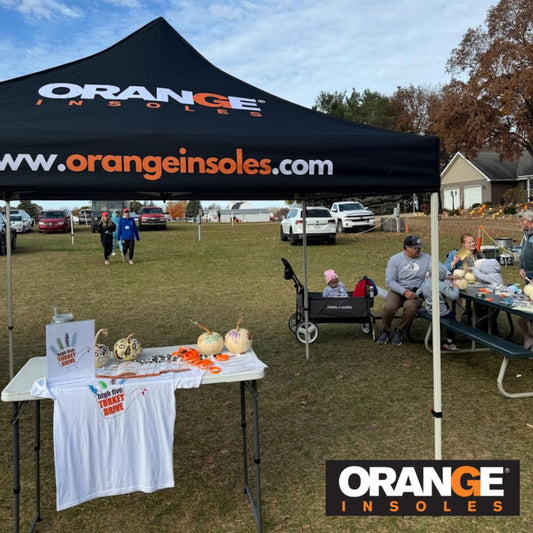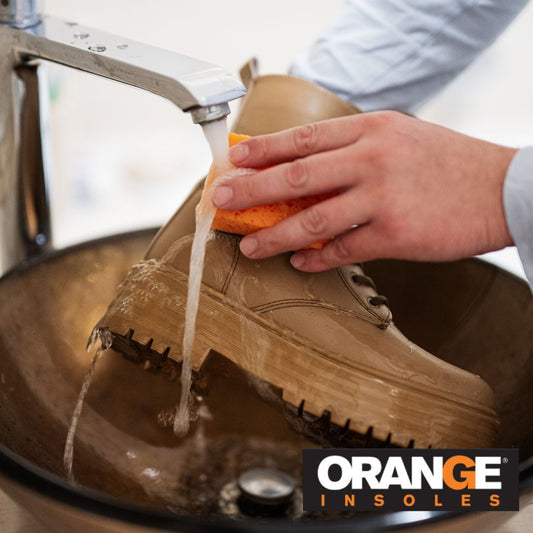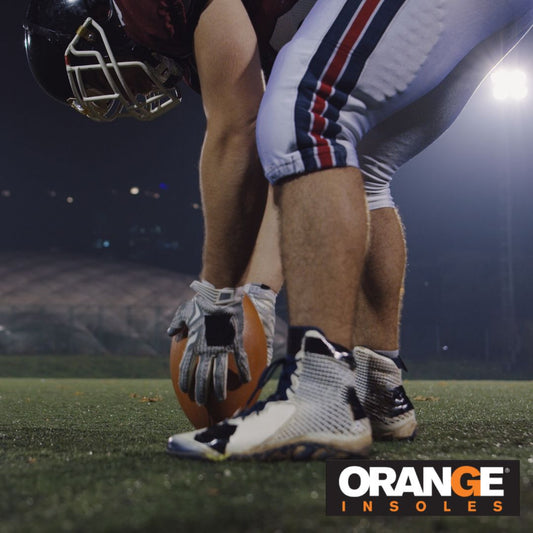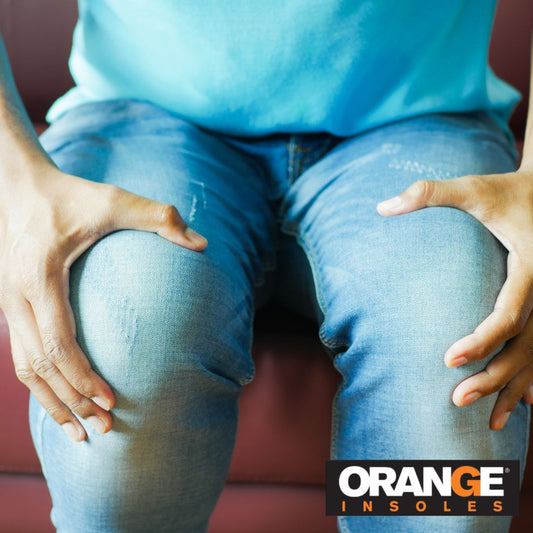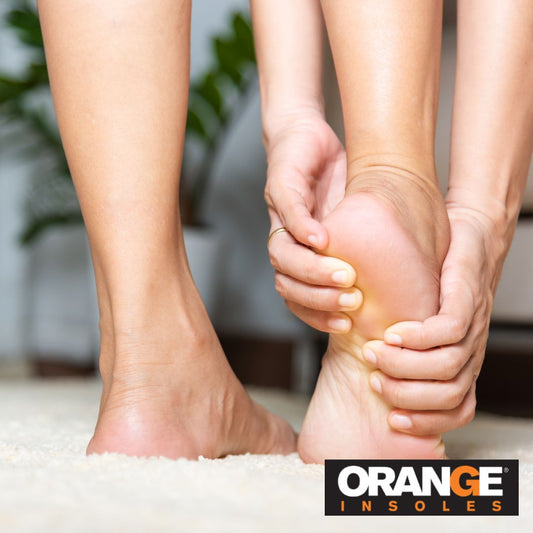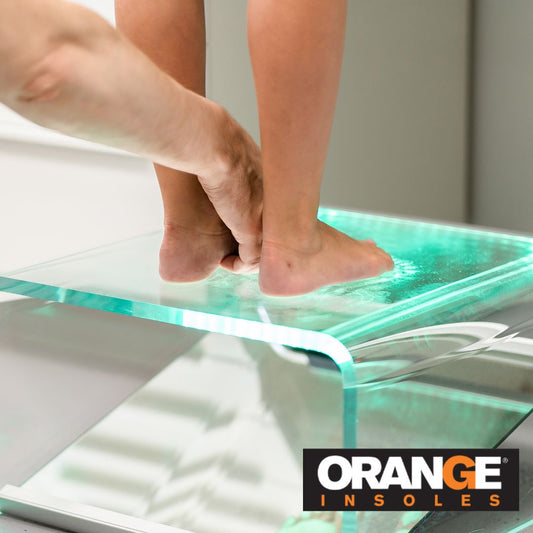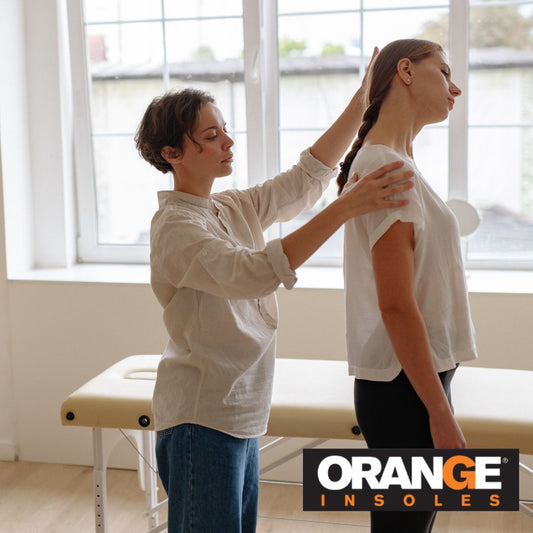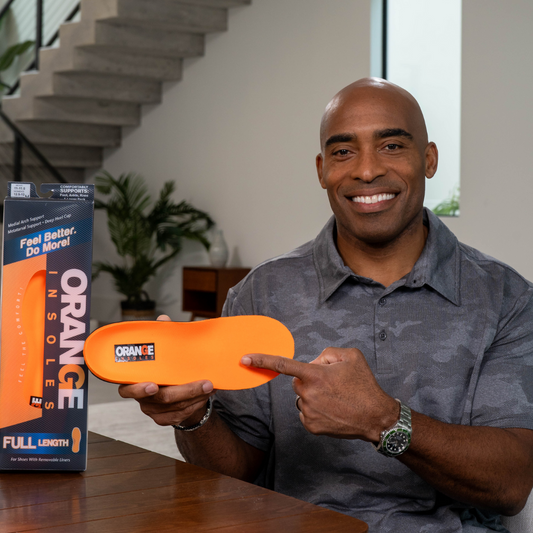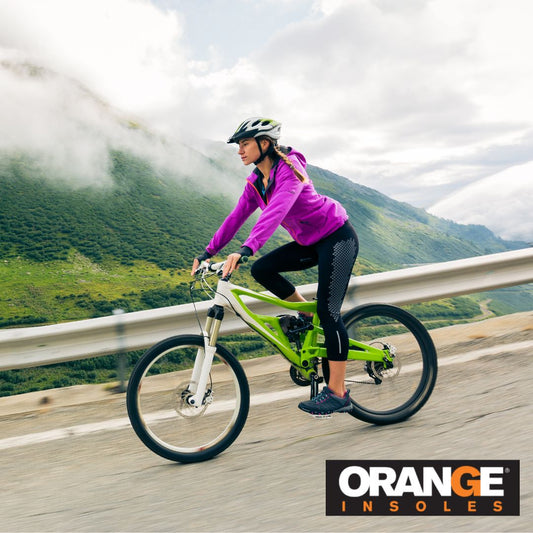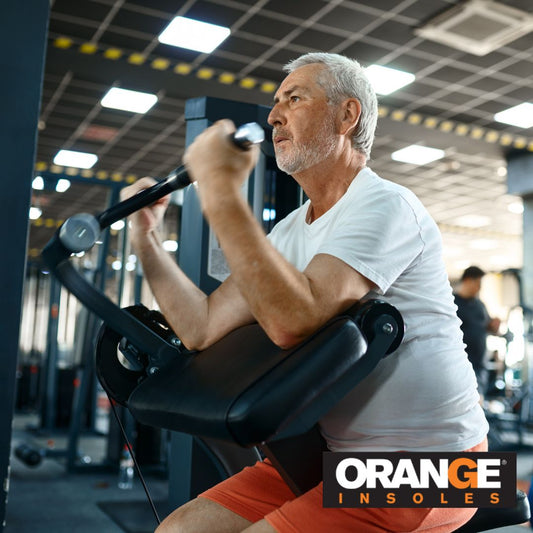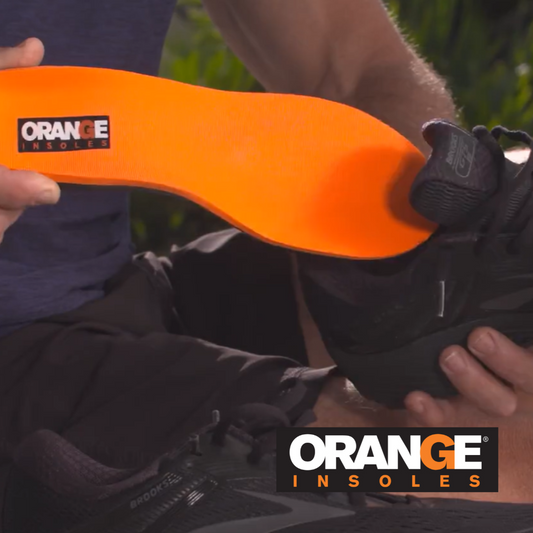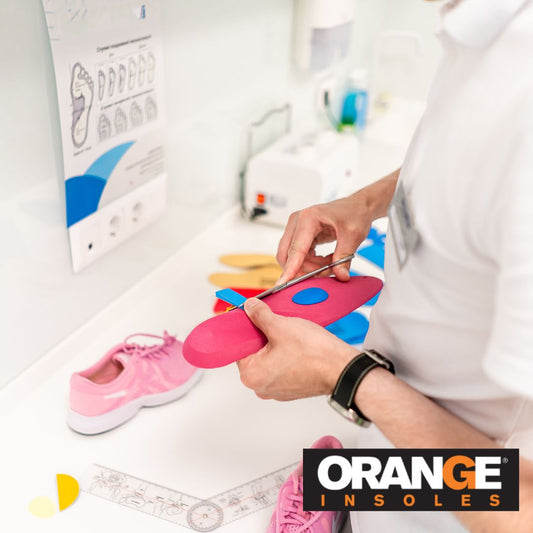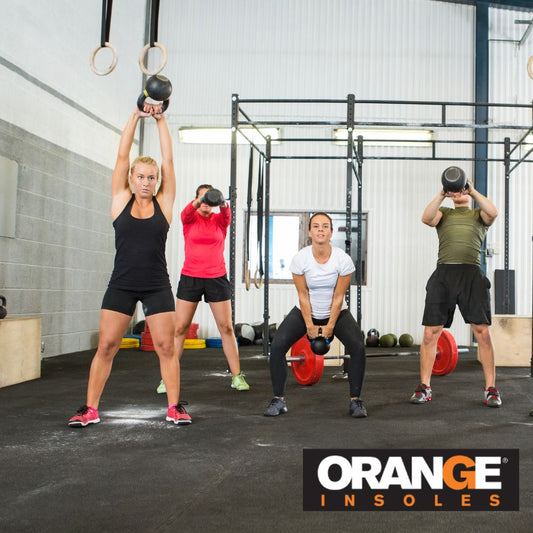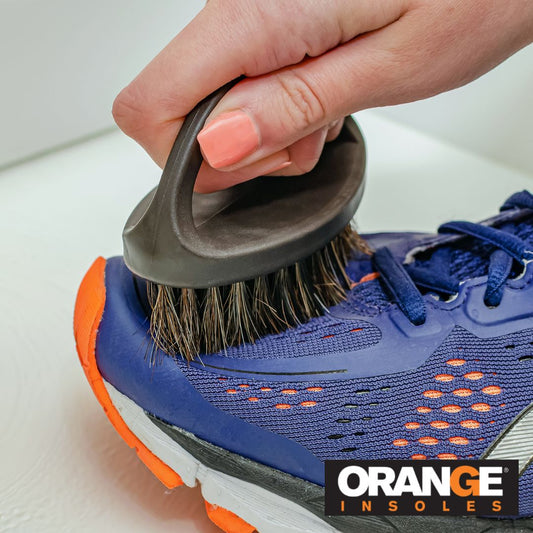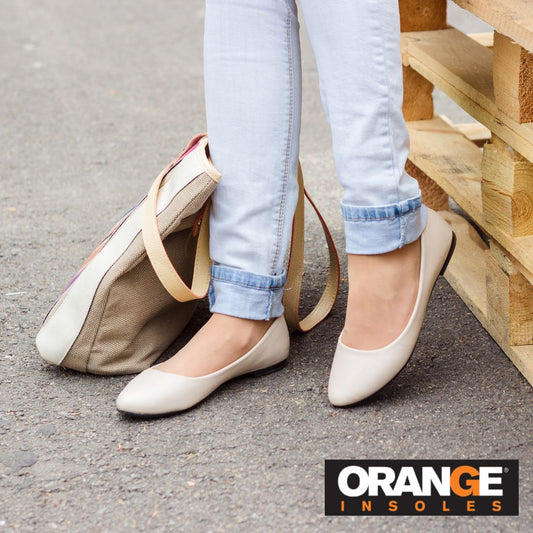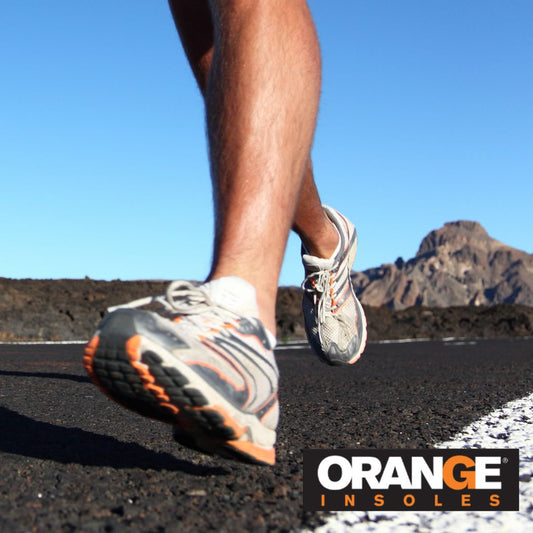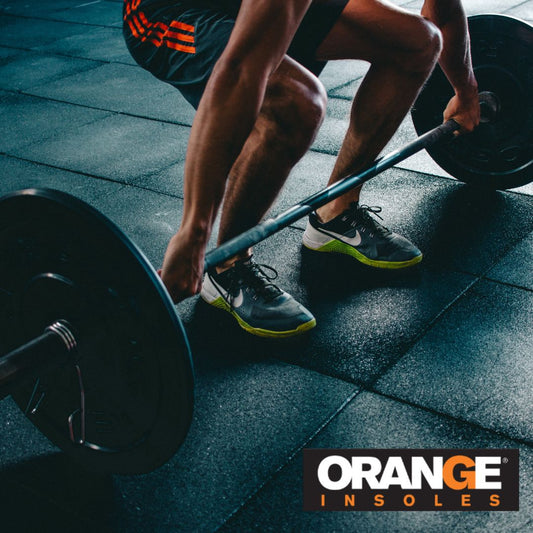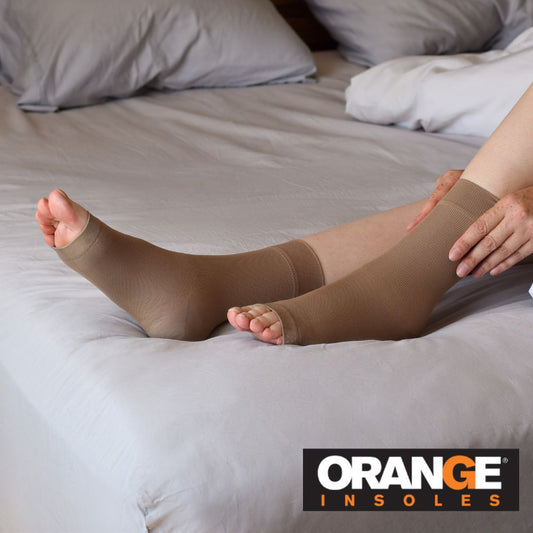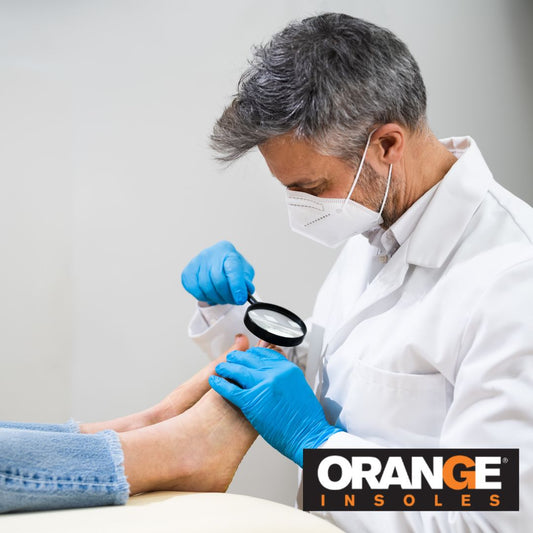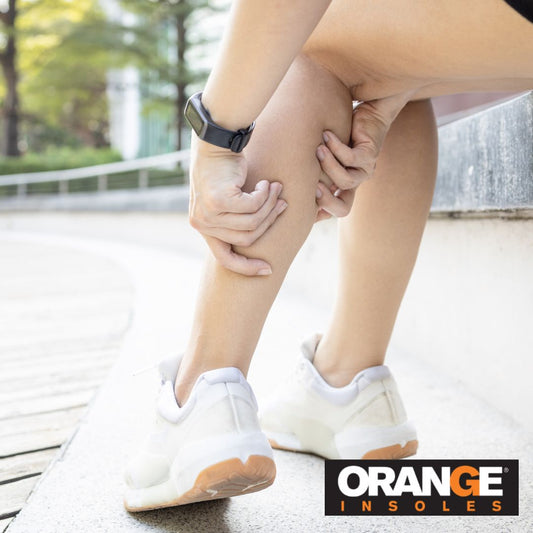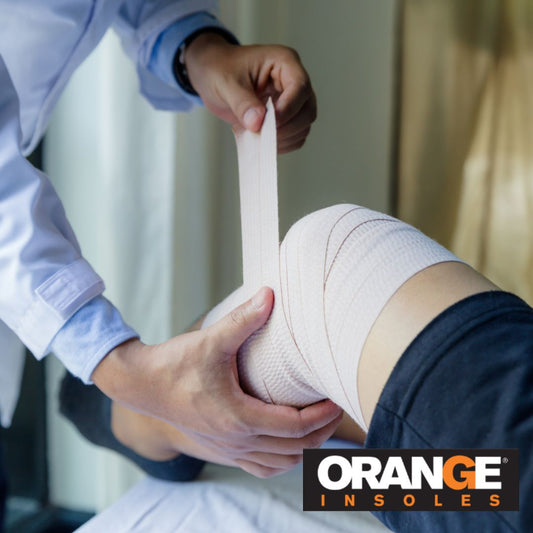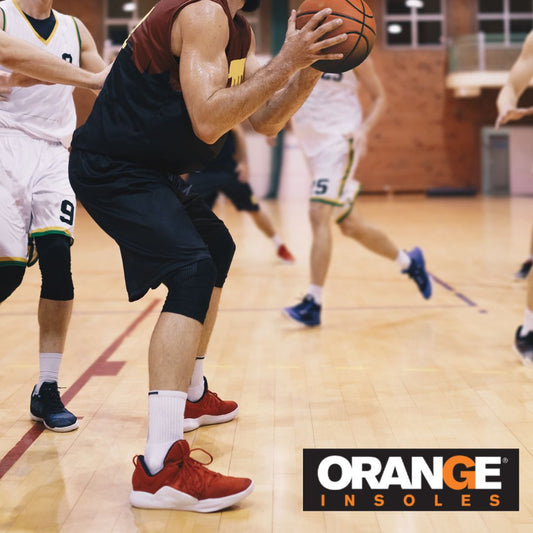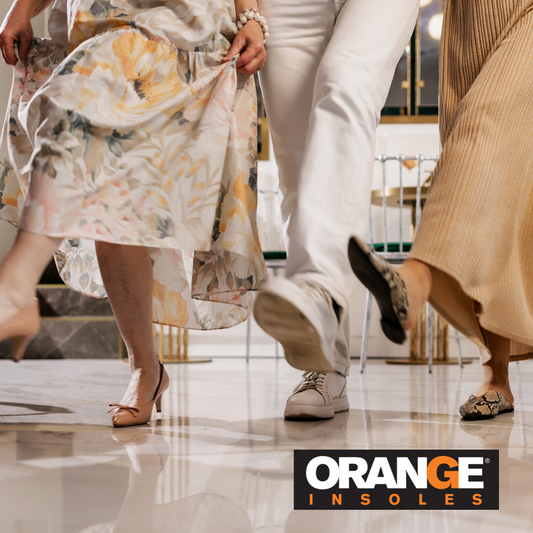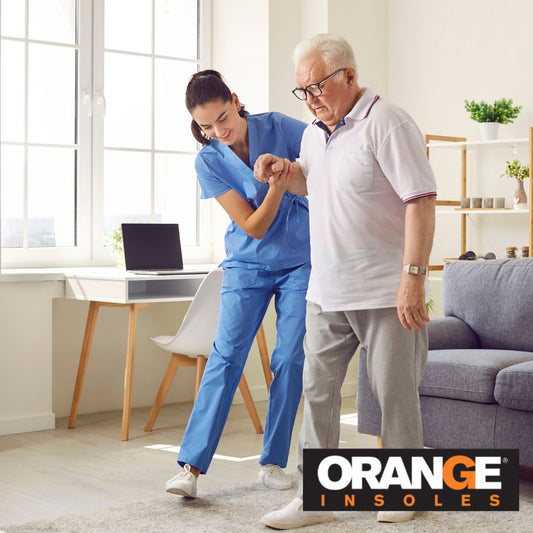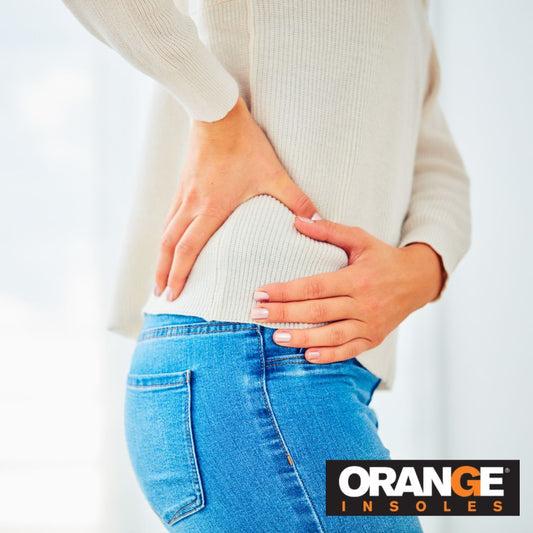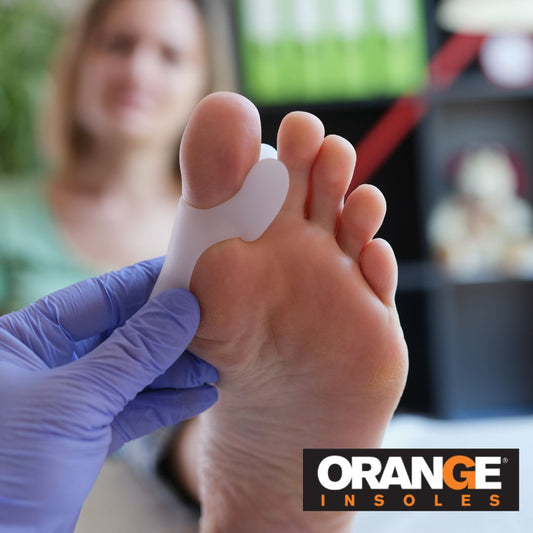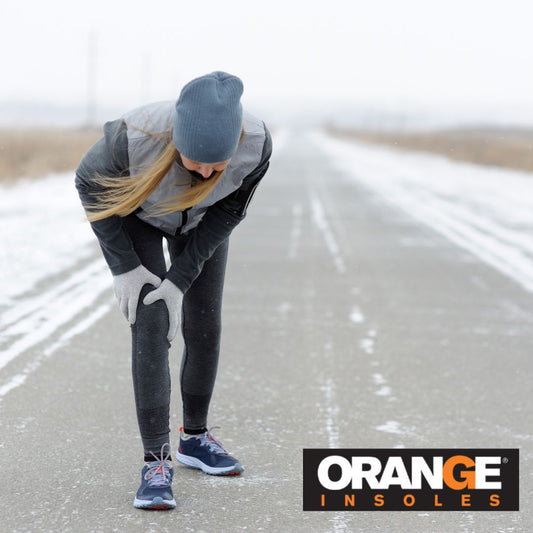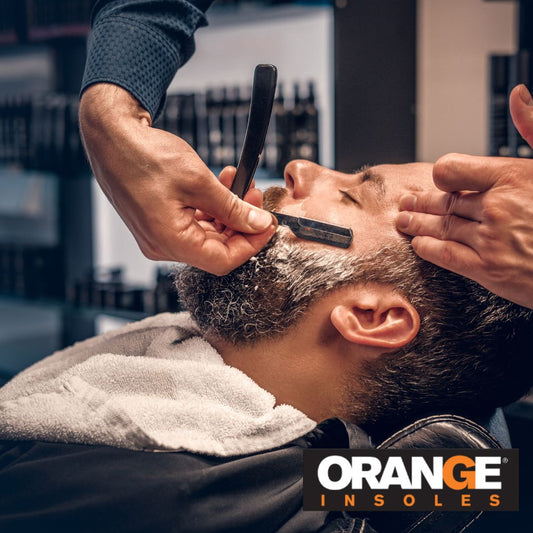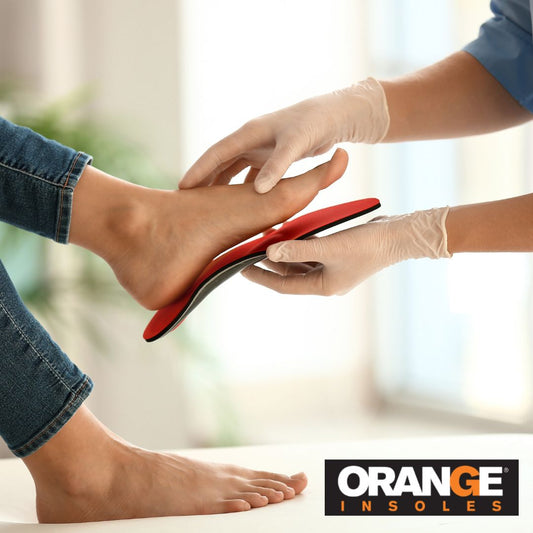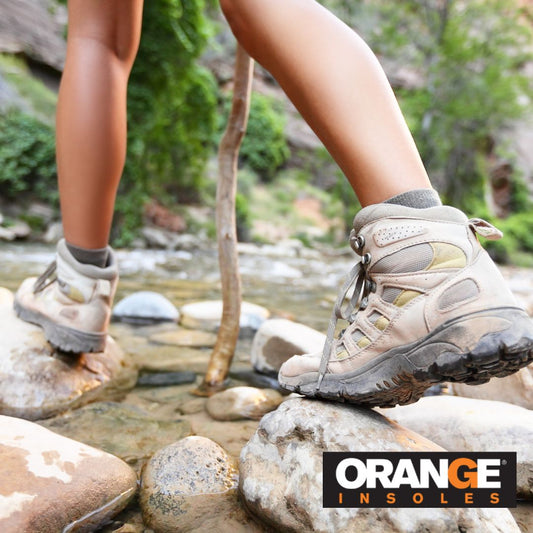Most everyone knows to get supportive shoes for running.
It’s a high impact activity. If your foot type impacts your gait in a way that causes you to overpronate, (where your foot rolls in excessively during your stride,) or suppinate, (where it rolls outward,) it can place stressful force on areas of your body not meant to be impacted in such a way. This can lead to problems with heel, hip, knee or even back pain.
But sometimes runners start experiencing pain, like shin splints, even when they have brand new, supportive running shoes. If they’re protecting their feet and body by wearing good shoes while running, what could be causing their pain?
Our first question would be this: what are you wearing when you’re not running?
Pain while running may not be caused by running
Consider this: you’re going out for a 3 mile run.
If you run a 10 minute mile, a more or less average pace, that’s about 30 minutes of your day spent on those really great, supportive running shoes.
If you got a full eight hours of sleep, that leaves fifteen and a half hours of your day unaccounted for. How much of that time is spent on your feet?
And what type of shoes are you wearing?
If you spend 30 minutes in supportive shoes and 8 hours at work in heels, flats, or dress shoes that lack support… it would be silly to assume that the everyday shoe would have less impact on the health of your body.
You may not realize the effects of a non-supportive everyday shoe until you put your body through a running training regimen, but that doesn’t mean they don’t matter… or that they can’t be corrected.
Common issues with non-supportive everyday shoes
Here are some of the common everyday shoe offenders, when it comes to causing pain while running:
Summer Sandals
When summer hits, the beach brigade goes out with their toes out. Sun means sandals, and sandals… well, they can be notoriously lacking in support. Especially plastic flip-flops.
When considering a summer sandal, remember this lesson from our Anatomy Of A Shoe post: that support happens at the midsole and the base of the shoe, not the upper. So it’s still possible to find a sandal with a nice broad base and good arch support. Look around for a supportive sandal instead of settling for the flimsy flip-flop.
Occupation Change
What we do for a living has a huge impact on our bodies. If you’ve switched from a desk job to a job where you are standing or moving all day, that can be a super beneficial change.
It can also put unwanted pressure on your feet, if you don’t consider your footwear choices.
Remember, the arch support in any shoe will wear down over time, and while it may not be a huge factor if you’re sitting for most of the day, it can be a major drag to stand all day on non-supportive shoes. (Just ask any retail worker.) This could lead to higher risk of injury and fatigue that you may notice on your next run.
Cuteness Over Comfort
Everybody wants a good looking pair of shoes. (Though there can be a huge difference in opinion as to what constitutes ‘good looking.’ We’re looking at you, Crocs.)
However, keep in mind that cuteness shouldn’t be the only factor when considering an everyday shoe, especially if you want to protect the health of your body for your run later.
Flats, loafers, wedges and boat shoes may provide the look you want: just make sure to check the base and midsole to make sure that they are providing the support you need.
What to do about running pain when you aren’t running
There are two things to consider:
Strengthening And Conditioning
Be sure to work on strengthening, stretching, and conditioning your body to deal with the stresses you put on it… both from running, and from extended periods of walking and standing.
Make sure that you have good posture throughout your everyday routine, just like you’d make sure to have good form while running. There’s a good form for walking, as well, and an ideal posture for standing to make sure you’re not poorly distributing your body weight.
Also, try exercises for strengthening your feet and ankles to help keep yourself in good form. (Runner’s World has some good exercises here.)
Add Support To Your Everyday Footwear
We’ve been addressing this point above- buy supportive shoes anytime you can. But let’s face it, it can be tough to find a dress shoe, or a fun summer flat, that has the type of support features we’ve been mentioning.
That might be a good scenario for a supportive insole.
When shopping for an insole to enhance the support of a shoe, don’t look for a squishy insole that focuses on “shock absorption.” It won’t help where we need it to. Instead, make sure that the insole features a heel cup and metatarsal pad to assist in weight distribution, and good support under the medial arch.
Orange Insoles offers supportive insoles that fit into almost any shoe- the Orange Light can fit into heels and lightweight footwear, the Orange Full is ideal for dress shoes and boots, and the Orange ¾ can handle anything in between.
Check out our product and find the right size for you. Better protect yourself for a run by protecting yourself all day, everyday.